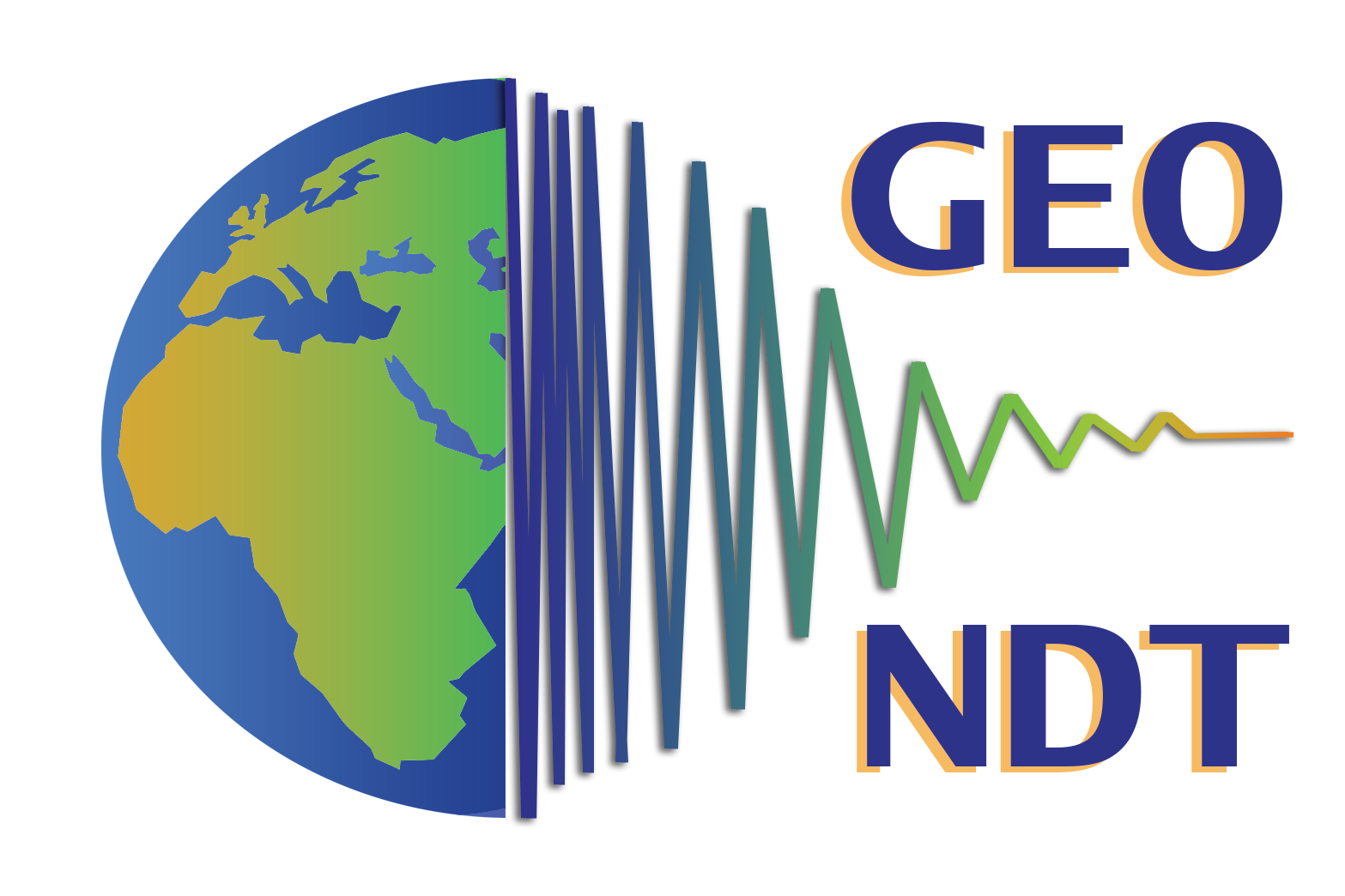Remote-sensing methods of obtaining information are nowadays the basis for quick acquisition of knowledge about the natural world and anthropogenic objects. The basis of remote sensing is the analysis of wave phenomena in the electromagnetic and mechanical range.
One of the ITCE team's research area is the NDT - Non-Destructive Testing. As representatives of the Civil Engineering and Transport discipline, we work on using of remote sensing, non-destructive methods in the assessment of the underground utility network, the condition of engineering structures and the ground medium for their foundation.
Our interests include the following measurement methods:
- LEM (Locators based on ElectroMagnetic) – Advanced underground utility localization sets
- GPR (Ground Penetrating Radar) - and other radio-frequency bands
- ERT (Electrical Resistivity Tomography) – including Conductometry
- Shallow Seismic
- Magnetometry
- Ultrasonic Echo
- IR (InfraRed) - thermovision static and dynamic
- TLS (Terrestial Laser Scanning) - as a recorder changes in reflection intensity
- Videoendoscopy
- GB-SAR (Ground Based Synthetic Aperture Radar) - ground-based interferometric radars
- Vibrometers
The essence of the NDT observation is not the measurement itself, but its reliability. A large number of methods are used for in-depth recognition of the wave propagation center, i.e. space with a limited possibility of direct verification.
The scope of our research concerns the influence of measurement parameters on recognition efficiency, verification of algorithms for processing and filtering of the acquired data, as well as calibration methods and interpretation keys.
Our interests are also focused on the use of modern mathematical algorithms and IT implementations for automation of data processing and interpretation, as well as aspects of mobile data acquisition and its geospatial integration. Thus, we move into the space of TRUST - TRansparent Underground Structures - i.e. methods for coherent collection of NDT data in one geospatial visualization environment.




